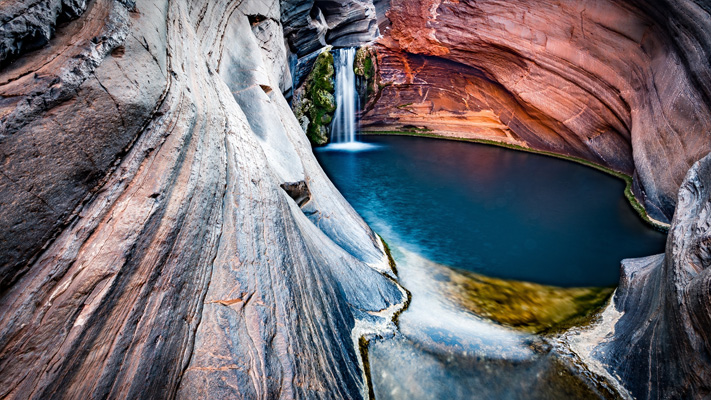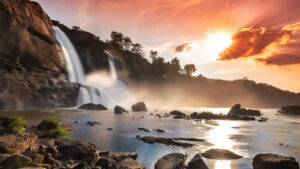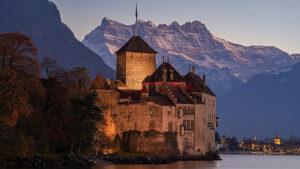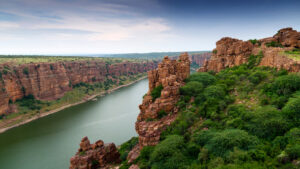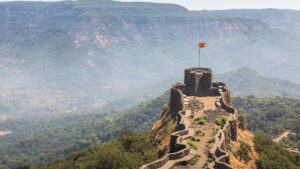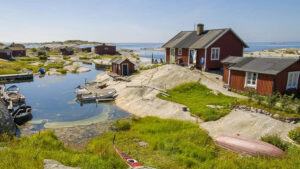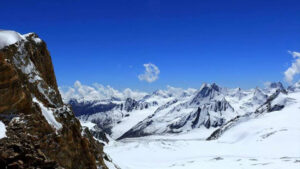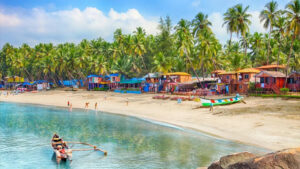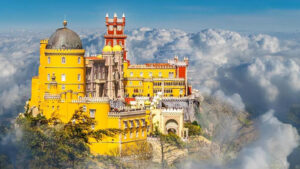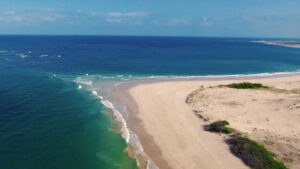KARIJINI NATIONAL PARK, WESTERN AUSTRALIA – EXPLORE ANCIENT GORGES, WATERFALLS AND ROCK FORMATIONS

Karijini National Park is a beautiful and rugged national park located in the Pilbara region of Western Australia. It covers an area of 627,422 acres and is known for its dramatic gorges, waterfalls, and ancient rock formations.
The park is home to a variety of wildlife, including red kangaroos, wallaroos, echidnas, and a range of reptiles and bird species. Visitors to the park can explore its many hiking trails, swim in its pristine rock pools, and camp under the stars. It is a unique and breathtaking destination that should not be missed by anyone traveling to Western Australia.
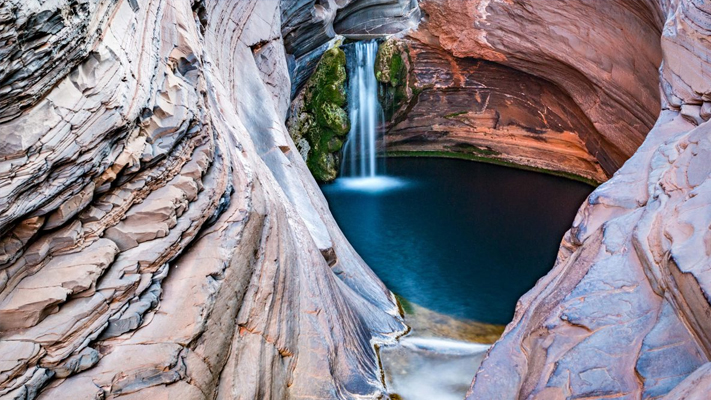
Karijini National Park is special for several reasons:
- Geological formations: The park boasts a stunning landscape of ancient rock formations, gorges, and waterfalls, created over millions of years by natural erosion and geological activity.
- Biodiversity: Karijini is home to a range of unique and endemic plant and animal species, including rare reptiles and bird species. The park also contains several important habitats, including iron-rich soils, deep rock pools, and shallow wetlands.
- Cultural significance: Karijini National Park has cultural significance for the local Aboriginal people, the Banyjima, Yinhawangka, and Kurrama, who have lived in the area for thousands of years. Visitors can learn about their culture and traditions through guided tours and interpretive displays.
- Outdoor activities: The park offers a range of outdoor activities, including hiking, camping, swimming, and rock climbing. The challenging hiking trails provide a unique opportunity to explore the rugged terrain and breathtaking vistas.
Popular Tourist Activities
Karijini National Park offers a range of popular tourist activities for visitors to enjoy. Here are some of the most popular activities in the park:
- Hiking: Karijini has a network of hiking trails that range from easy to challenging. The trails take visitors through some of the park’s most scenic areas, including its gorges, waterfalls, and rock formations.
- Swimming: The park has several rock pools, waterfalls, and plunge pools that are perfect for swimming. Visitors can cool off in the crystal-clear waters while surrounded by the park’s stunning natural beauty.
- Camping: Karijini has several campgrounds that are ideal for visitors who want to spend more time exploring the park. The campgrounds offer basic facilities, including toilets and showers, and are located close to the park’s hiking trails and attractions.
- Canyoning: Canyoning is a popular activity in Karijini that involves hiking, swimming, and abseiling through the park’s gorges. Visitors can explore the park’s narrow gorges and waterfalls with the help of experienced guides.
- Wildlife watching: Karijini is home to a range of unique and endemic plant and animal species, including red kangaroos, wallaroos, echidnas, and a variety of reptiles and bird species. Visitors can observe these animals in their natural habitats while exploring the park.
- Photography: Karijini is a photographer’s paradise, offering stunning views, unique landscapes, and a range of lighting conditions throughout the day. Visitors can capture the park’s natural beauty through their lenses and take home memories that will last a lifetime.

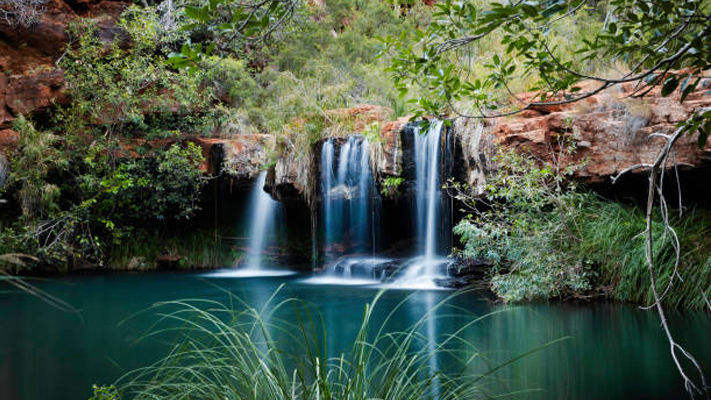
Top Attractions and Must See Places
Karijini National Park is home to a range of stunning attractions and must-see places. Here are some of the top attractions and must-see places in the park:
- Dales Gorge: This deep, narrow gorge is one of the park’s most popular attractions, featuring several waterfalls and rock pools that are perfect for swimming and exploring.
- Weano Gorge: A challenging hike that leads to Handrail Pool, a beautiful swimming hole. Visitors can explore the park’s stunning landscapes and rock formations along the way.
- Hamersley Gorge: This picturesque gorge features a stunning waterfall and crystal-clear pools that are perfect for swimming and relaxing.
- Joffre Gorge: This deep, narrow gorge features a seasonal waterfall and a beautiful swimming hole. Visitors can enjoy the park’s natural beauty while cooling off in the crystal-clear waters.
- Mount Bruce: The highest peak in Western Australia, offering stunning views over the park. Visitors can take a challenging hike to the summit and enjoy breathtaking views of the surrounding landscape.
- Oxer Lookout: A popular lookout that offers stunning views of the park’s gorges and rock formations. Visitors can take in the park’s natural beauty from this elevated vantage point.
- Circular Pool: A beautiful, natural rock pool located in the heart of the park. Visitors can swim in the crystal-clear waters and enjoy the peaceful surroundings.
These are just a few of the many attractions and must-see places in Karijini National Park. With its unique landscapes, stunning views, and diverse range of attractions, Karijini is a must-visit destination for anyone traveling to Western Australia.

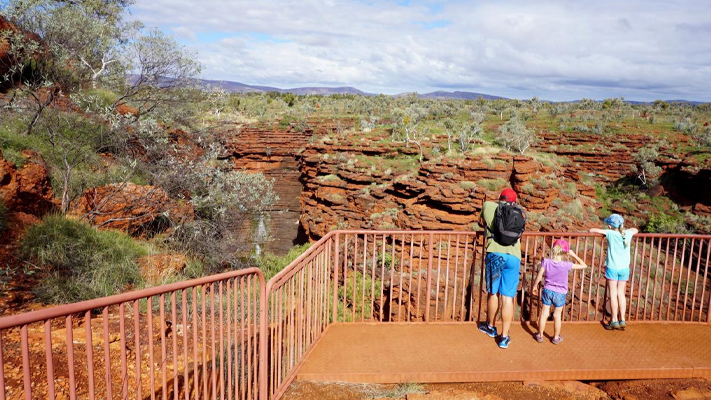
Things to Note
If you are planning to visit Karijini National Park, there are several things you should keep in mind:
- Weather: The park can experience extreme temperatures, with summer temperatures often exceeding 40 degrees Celsius. It’s important to bring appropriate clothing, sunscreen, and plenty of water to stay hydrated.
- Road conditions: Many of the park’s roads are unsealed and can be rough, especially after heavy rainfall. Visitors should drive carefully and consider renting a 4WD vehicle to navigate the park’s rugged terrain.
- Camping: The park offers several campgrounds, but they can fill up quickly during peak season. Visitors should book their campsites in advance and be prepared for basic facilities, including pit toilets and limited water.
- Safety: Visitors should always stay on designated trails, avoid swimming or climbing near waterfalls, and be aware of the park’s wildlife, including venomous snakes and spiders.
- Respect for culture: Karijini National Park has cultural significance for the local Aboriginal people, and visitors should respect their culture and traditions. Visitors can learn more about the local culture through guided tours and interpretive displays.
- Leave no trace: Visitors should practice responsible tourism and leave the park as they found it, taking their rubbish with them and avoiding damaging the park’s fragile ecosystem.



